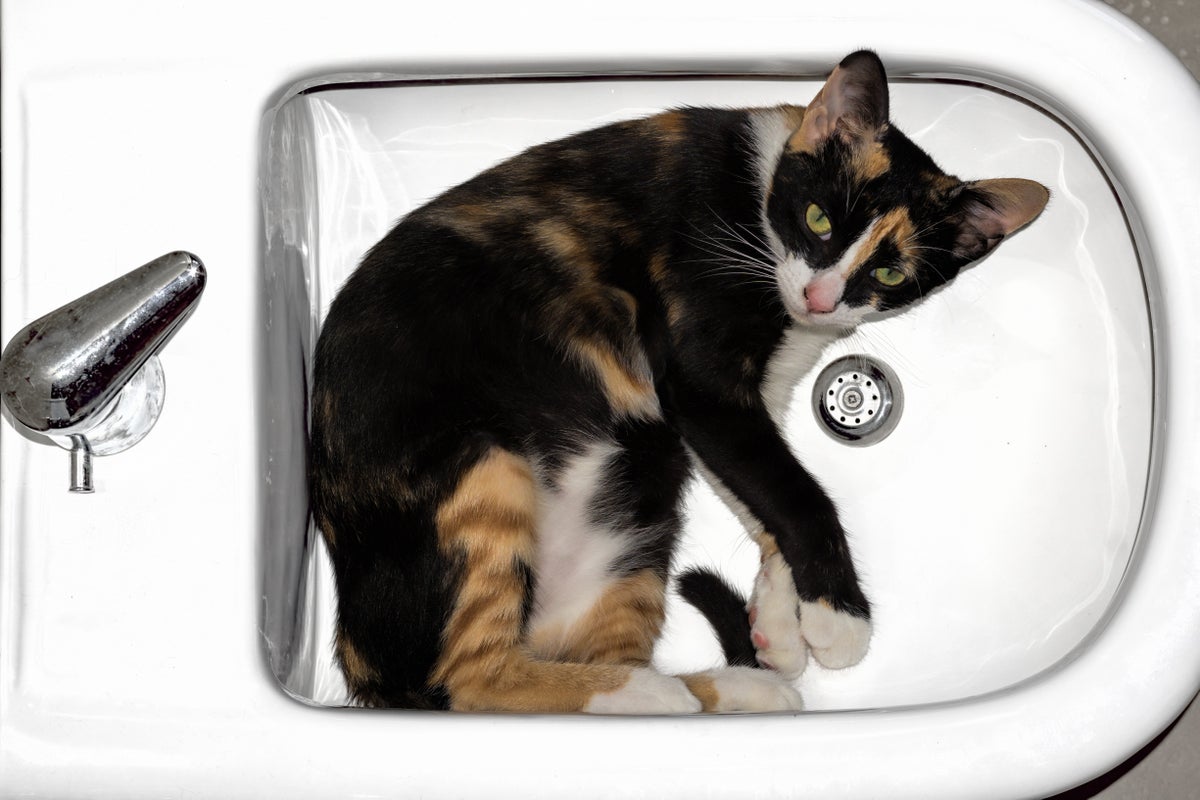Are Cats Actually Liquid?

Feline Fluids and the Curious Case of Cat Rheology
The Enigma of Liquid Cats
When fireworks frightened our feline companion, Tigrou, we embarked on a frantic search. Vanished without a trace, he eventually emerged from an impossibly narrow fireplace crawl space, igniting a burning question: How do cats navigate such confined spaces?
Scientific Study Sheds Light
"For research purposes, of course," quipped physicist Marc-Antoine Fardin, describing his investigations into feline fluid behavior. His "procrastination" led to the Nobel Prize in Physics, underscoring the reality that cats defy our conventional understanding of matter.
Beyond the Textbook Definitions
Rheology, the science of flowing substances, considers solids to be fixed in shape and volume, while liquids retain volume but adapt their shape. By this definition, cats qualify as liquids.
However, defining liquidity becomes trickier when considering time. Mountains, inherently solid, exhibit flow over millennia. Conversely, liquids like ketchup require agitation to pour smoothly.
Introducing the Deborah Number
The Deborah number (De) quantifies fluidity, with smaller values indicating a more liquid state. It considers both observation time (T) and relaxation time (\u03c4), the time it takes for a substance to adjust its shape. For De < 1, the substance is considered liquid.
"Mountains melted before the Lord." - Deborah, Old Testament
The Puzzle Remains
Applying the Deborah number to cats reveals variations due to age, breed, and environment. Despite this, their relaxation times and De values suggest fluid behavior.
Liquid Characteristics in Abundance
Cats exhibit other liquid-like properties, including yield stress (requiring force to flow), adaptability to their surroundings, and high surface tension. However, their "biologically active" nature makes assessing their full flow properties challenging.
Biology's Perspective
From a biological standpoint, cats' movable collarbones and ability to compress their body like liquids allow them to navigate tight spaces with ease.